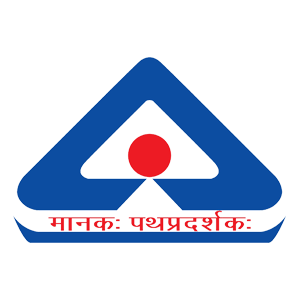Aluminium extrusion is a well-established method for creating intricate forms and designs with aluminium alloys. Several industries, including construction, automotive, aerospace, and consumer goods, employ it extensively. The procedure includes forcing molten aluminium through a die to form a particular shape, which is then cooled and solidified.
Aluminum extrusion has undergone numerous advances and developments over the years, resulting in a more efficient and cost-effective procedure. Recent years have witnessed the advent of new technologies that promise to further change the process. This blog will investigate some of these developing technologies and breakthroughs, as well as their possible impact on the future of aluminium extrusion.
Three-dimensional printing:
Due to its capacity to manufacture complicated designs rapidly and affordably, 3D printing technology has been gaining interest in a variety of industries. In aluminium extrusion, 3D printing can be utilized to produce the necessary extrusion dies. Complex geometries and shapes that are difficult to obtain with conventional die-making techniques can be produced by this technology. Its adaptability can enable new design options and minimize the time and expenses associated with conventional die-making.
Hot Extrusion:
Hot extrusion is a new technology that includes extruding aluminium at higher temperatures than conventional procedures. The elevated temperatures render the aluminium more pliable, enabling it to be extruded into thinner walls and more complicated designs. Aluminum components can be made stronger and more complicated via hot extrusion, minimizing the need for extra manufacturing procedures.
Synthetic Extrusion:
The hybrid extrusion process combines conventional extrusion with additive manufacturing. A 3D-printed core is then enveloped by molten aluminium and extruded through a die as part of the process. This technique allows for increased design flexibility and the production of components with intricate interior geometries, hence minimising the need for additional manufacturing procedures.
Nanostructured Aluminium:
Nanostructured aluminium is a novel category of aluminium alloys with enhanced strength and ductility. The alloys are produced by incorporating nanoparticles into the aluminium matrix, which strengthens the material and enhances its mechanical properties. Aluminum with a nanostructure can be extruded into complicated shapes and employed in industries requiring high strength-to-weight ratios, such as aerospace and automotive.

Recycle Engineering:
Aluminum is a material that is highly recyclable, and recycling has become a vital aspect of the aluminium extrusion business. Developing recycling technologies have the potential to increase the effectiveness and cost-effectiveness of aluminium recycling. Using microwave energy to sort and separate aluminium scrap is one such technology. The method can be used to separate various aluminium alloys, minimising the requirement for manual sorting and enhancing the quality of recycled aluminium.
Artificial Intelligence:
Artificial intelligence (AI) is a developing technology with the potential to revolutionize several sectors, including aluminium extrusion. AI can be utilized to optimize the extrusion procedure, hence decreasing material waste and enhancing product quality. AI can also assist in identifying flaws in extruded components, hence minimizing the requirement for manual inspection and enhancing quality control.
Robotics:
In addition, robotic technology is an emerging trend in aluminium extrusion. Robots can be utilized to automate the extrusion process, hence eliminating the demand for manual labour and enhancing productivity. Robotic technology can also be applied to material handling and product inspection, thereby enhancing quality control and decreasing lead times.
The future of aluminium extrusion is bright, as new technology and developments promise to further modernize the process. Emerging technologies such as 3D printing, hot extrusion, hybrid extrusion, nanostructured aluminium, recycling technologies, artificial intelligence, and robotics will shape the future of the aluminium extrusion sector. These technologies enable greater design flexibility, enhanced efficiency and cost-effectiveness, and enhanced quality control, which makes the aluminium extrusion process even more desirable.






